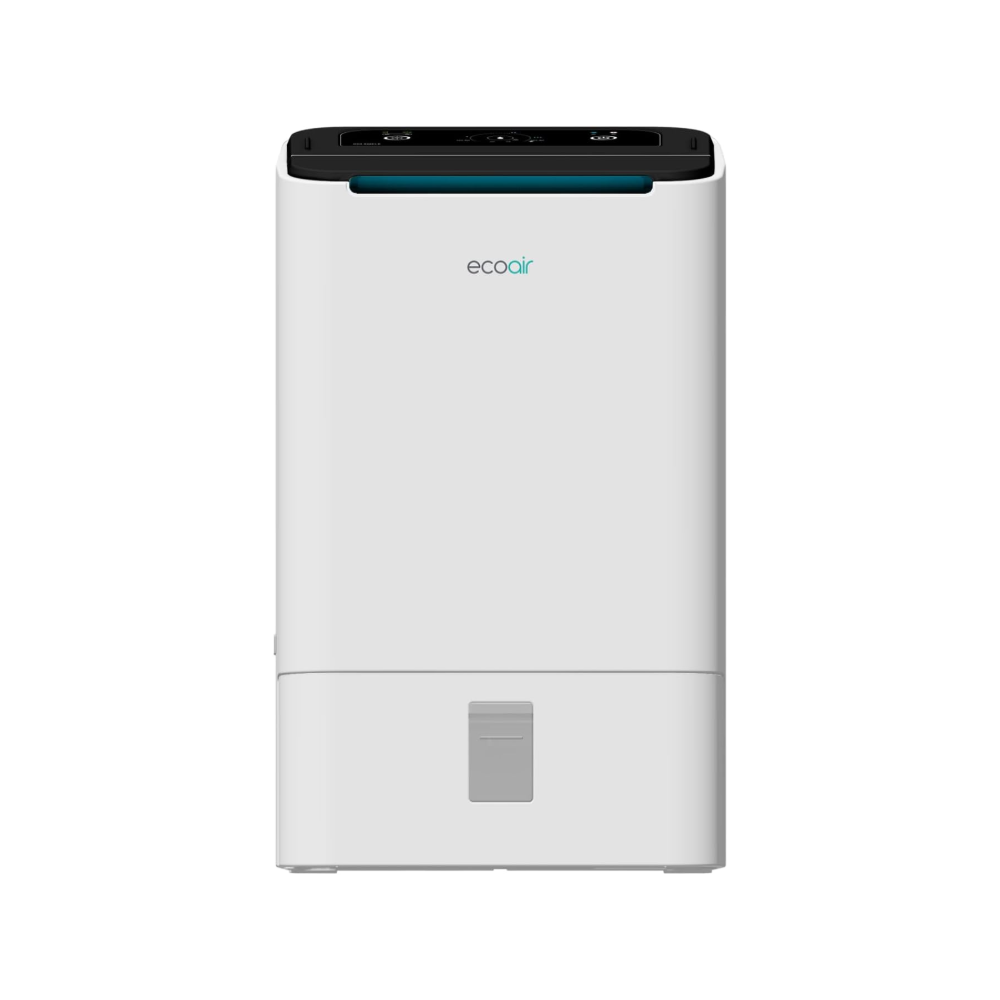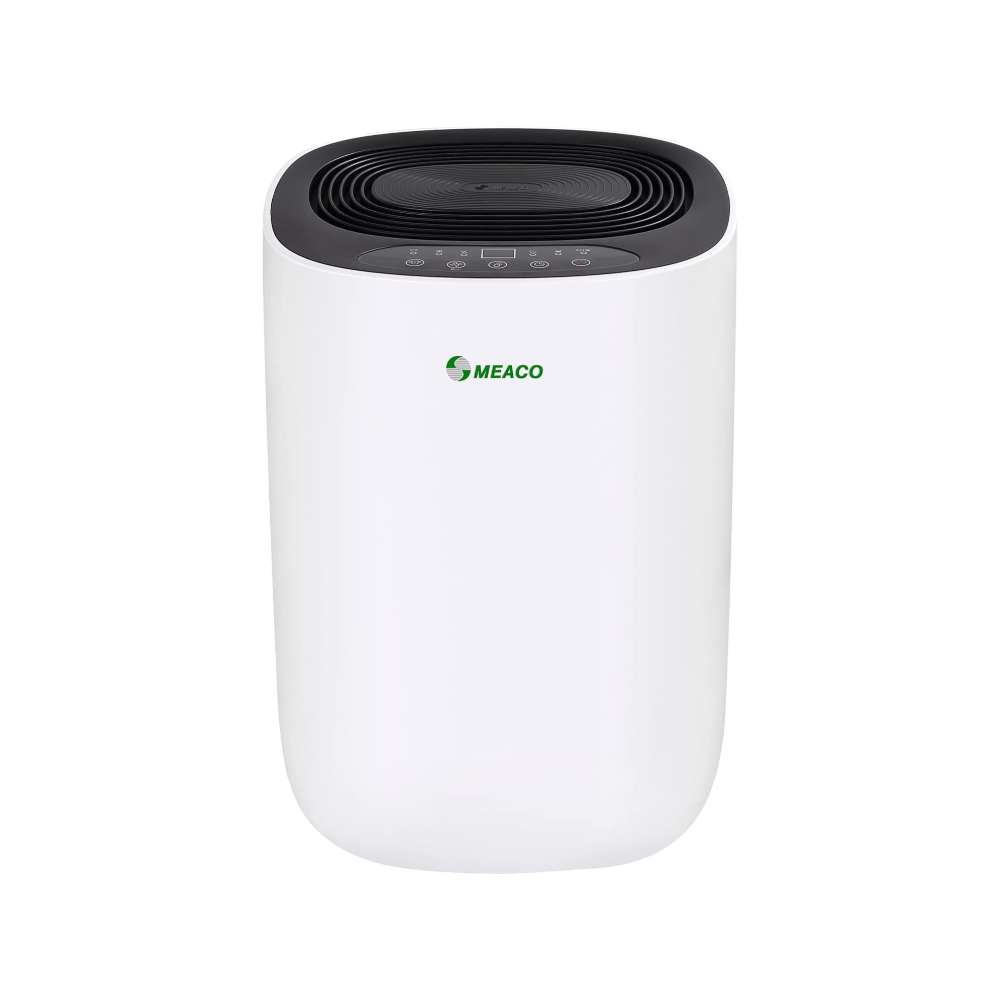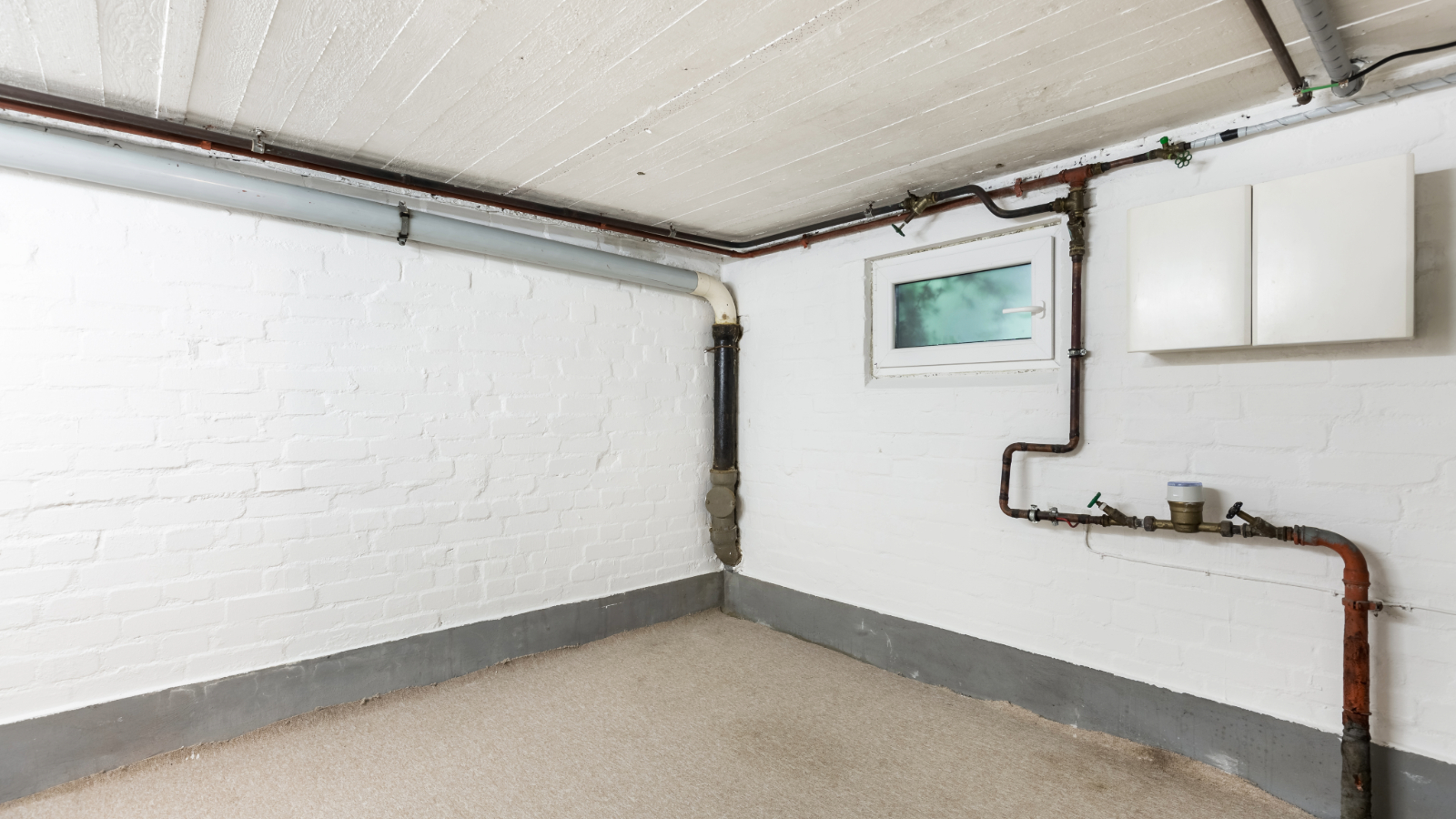How do dehumidifiers work? An expert simplifies the science behind these moisture-busting machines
If you've ever wondered how dehumidifiers work, we've asked the experts to explain
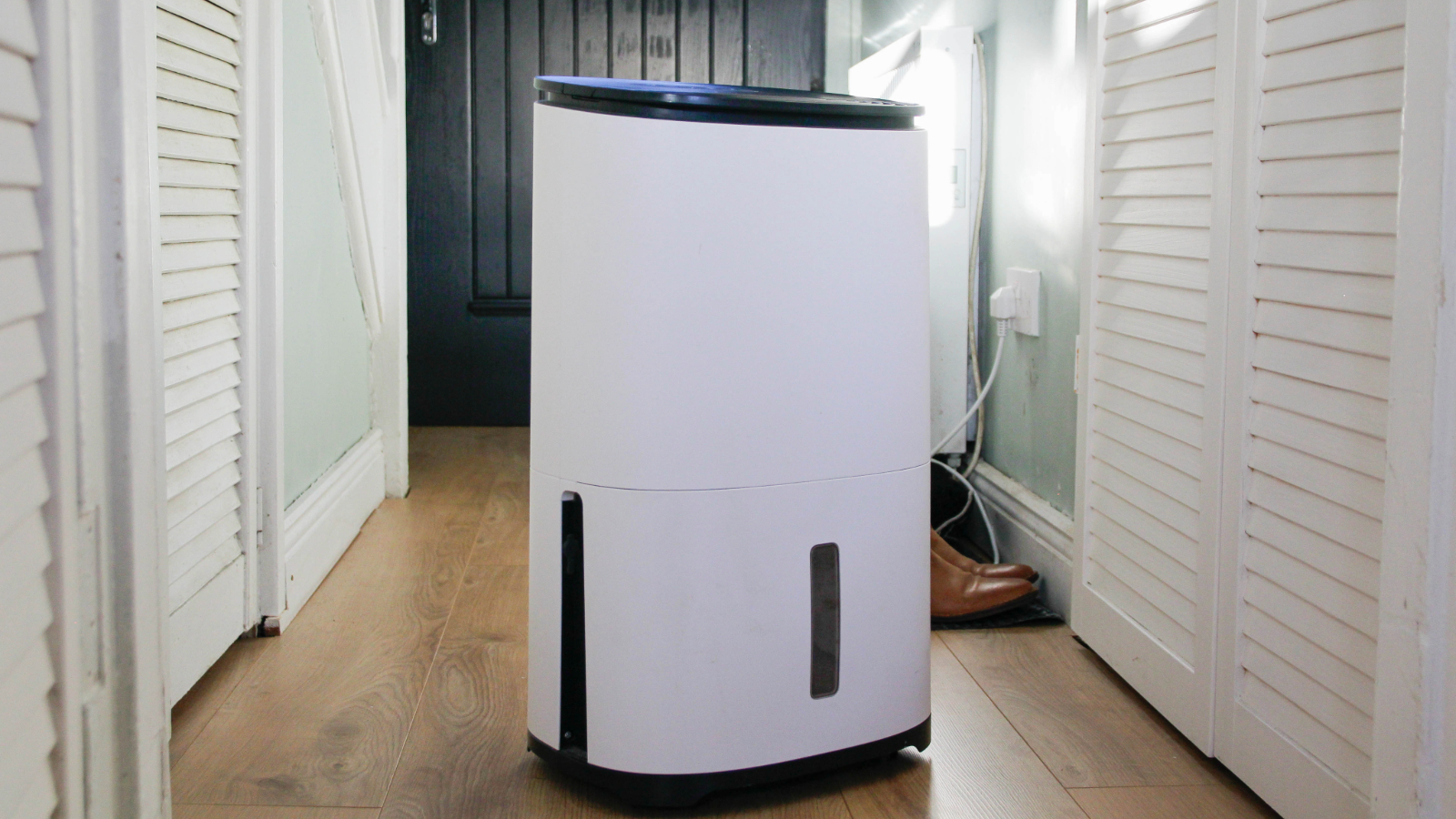
Here, we answer the question, “How do dehumidifiers work?” so you can decide whether this is an appliance worth investing in.
Whether you're looking to stop condensation in your home, struggling with a damp problem, or – like so many of us right now – searching for ways to dry wet washing without running your tumble dryer, the best dehumidifiers might be able to help.
Whatever your reason for considering a dehumidifier, we’re here to explain the science behind them and how using one in your home could be the answer to all your excess moisture misery.
How do dehumidifiers work?
First things first, if you are thinking of buying a dehumidifier, it makes sense to look into exactly how they work and what they can be used for.
Although this is an appliance that often springs to mind for those looking at how to reduce humidity in a house, many people don't actually understand how it operates or the other benefits it can offer.
"The air in your home contains moisture. And you can add to this moisture by the things you do at home – cooking, showering, drying washing, and so on," says Chris Michael, founder and managing director at Meaco.
"When warmer, moist air hits colder air, the moisture condenses into water. That is when you start to notice damp and mould in houses, sometimes on walls and windows, and sometimes, more worryingly, on soft furnishings and even your clothes.
Bring your dream home to life with expert advice, how to guides and design inspiration. Sign up for our newsletter and get two free tickets to a Homebuilding & Renovating Show near you.
"A dehumidifier removes moisture from the air – excess moisture that you do not want to condense and hang around your home. It helps to ease damp problems, gives you healthier air to breath and can even make your energy use more efficient."
So, how does this work exactly? The specific process depends whether you have a desiccant vs compressor model (which we explain below), but both follow the same basic principle to extract moisture from the air. Here’s a breakdown of that process:
- The dehumidifier draws in humid air using a fan
- Depending on the model, it either absorbs the moisture into a desiccant material or cools the air so the water vapour condenses
- The dry air is released back into the room, while the collected moisture drips into a storage tank

Chris and his partner Michelle started Meaco in 1991. Meaco is now regarded internationally as a major player in the dehumidifier industry selling to 20+ countries throughout Europe, North America and South Africa.
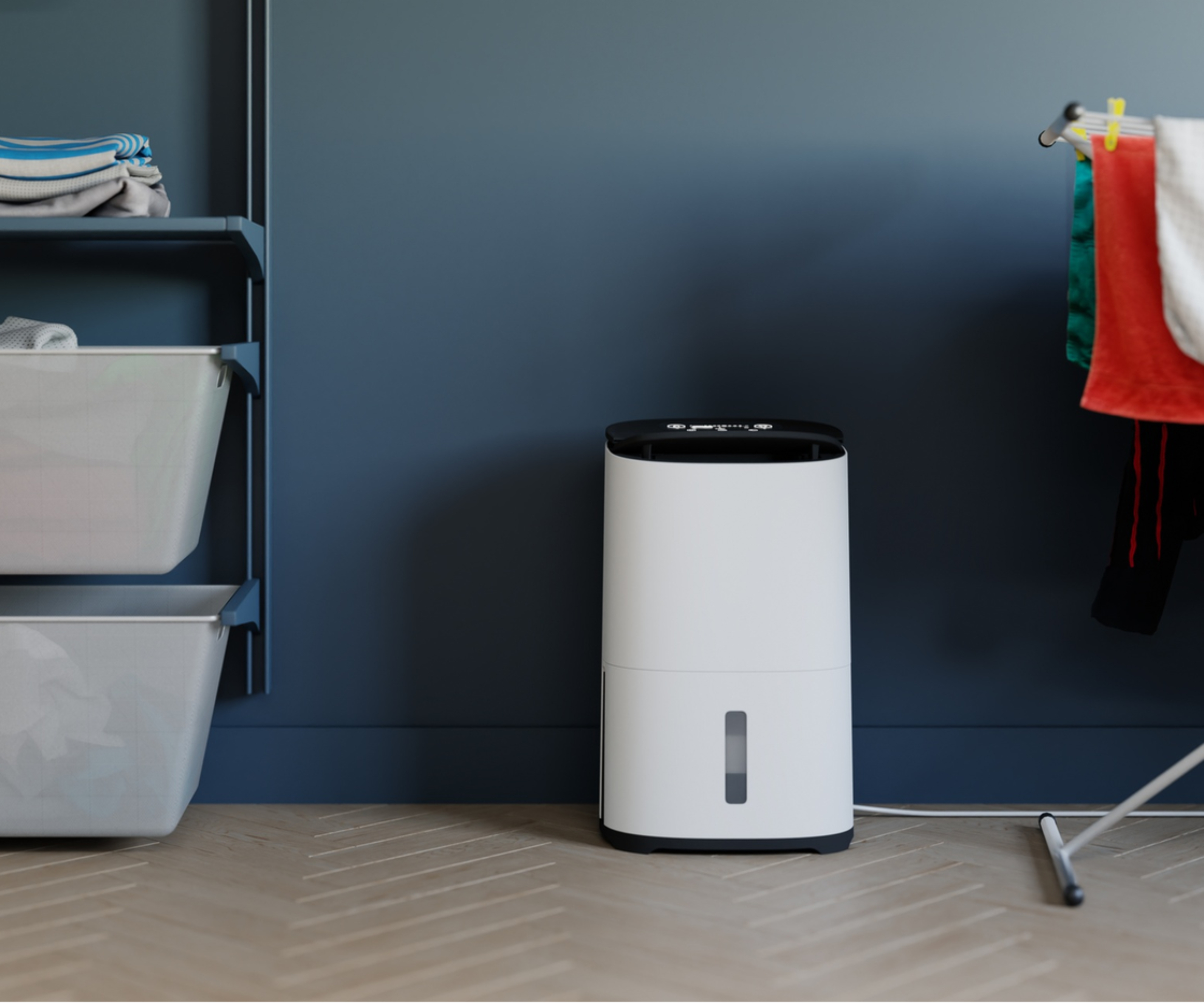
How do different types of dehumidifier work?
Desiccant dehumidifiers
Desiccant dehumidifiers are perfect for colder areas of the house, such as garages and storerooms – basically spaces where there is little or no heating. Here's how they work, according to Chris Michael:
- The air is drawn in over a filter and passed over an absorbent material called Zeolite
- When the material becomes saturated, a heater in the dehumidifier blows warm, dry air across the Zeolite, and the moisture condenses into water, which then drips into a collection tank
- The warm air is then passed back out of the dehumidifier at a higher temperature than the air that was taken in, so this type of dehumidifier can also act as a gentle heater
Compressor dehumidifiers
If your aim is to prevent damp and help clothes dry quicker, a compressor dehumidifier is the model for you. They work best in areas with temperatures above 15˚C and follow this process:.
- The dehumidifier draws in air using a compressor with a cold-coil system, like a fridge
- The first coil cools the air to create condensation, which is collected in the water tank
- The second coil warms the dry air back to just above room temperature. This helps create the dry air needed to combat condensation, mould, and damp problems
Will a dehumidifier stop window condensation?
Dehumidifiers are a great way to prevent or reduce window condensation. How effective they are at doing this relies on choosing the right type and the size of the model.
Of course, opening the windows in a room will also help with condensation, but in the depths of winter, do you really want to bring freezing cold air gushing into your home?
As we have discussed, dehumidifiers remove excess moisture from the air – moisture that would otherwise be deposited on your windows as condensation. Place your dehumidifier close to the window for maximum effect.
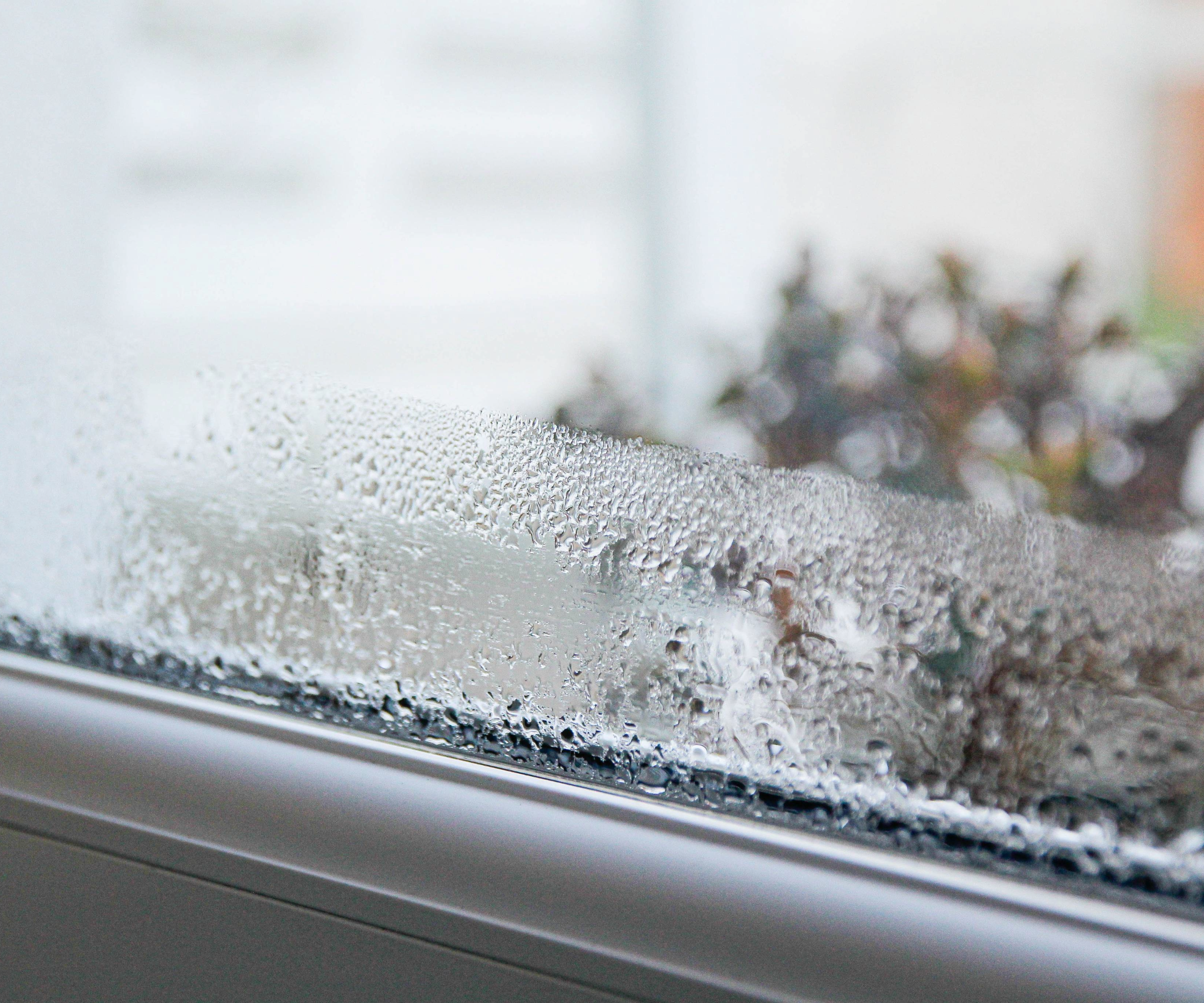
Do dehumidifiers stop damp?
When it comes to what causes damp, there are several culprits. However, a damp problem that has been caused by poor ventilation and excess condensation can most certainly be helped by the use of a dehumidifier.
That said, if damp is a persistent issue, caused by other factors concerning the structure of your home, a different and more involved solution is going to be required long term.
"The permanent use of dehumidifiers is a poor substitute for efficient heating and adequate ventilation when it comes to dealing with damp," says Douglas Kent, a chartered building surveyor specialising in building conservation and the technical and research director at the Society for the Protection of Ancient Buildings (SPAB).
Douglas Kent is a chartered building surveyor specialising in building conservation and is technical and research director at the Society for the Protection of Ancient (SPAB), where he has worked since 2000.
So, now you know how and why the water collects in your dehumidifier, make sure you also understand what size dehumidifier you need to help deal with the excess moisture in your home. And, while there are endless benefits to owning one of these devices, we explore the question of 'can you have too many dehumidifiers' to make sure you don't buy too many
Natasha was Homebuilding & Renovating’s Associate Content Editor and was a member of the Homebuilding team for over two decades. In her role on Homebuilding & Renovating she imparted her knowledge on a wide range of renovation topics, from window condensation to renovating bathrooms, to removing walls and adding an extension. She continues to write for Homebuilding on these topics, and more. An experienced journalist and renovation expert, she also writes for a number of other homes titles, including Homes & Gardens and Ideal Homes. Over the years Natasha has renovated and carried out a side extension to a Victorian terrace. She is currently living in the rural Edwardian cottage she renovated and extended on a largely DIY basis, living on site for the duration of the project.
- Megan MilsteadContent Editor
